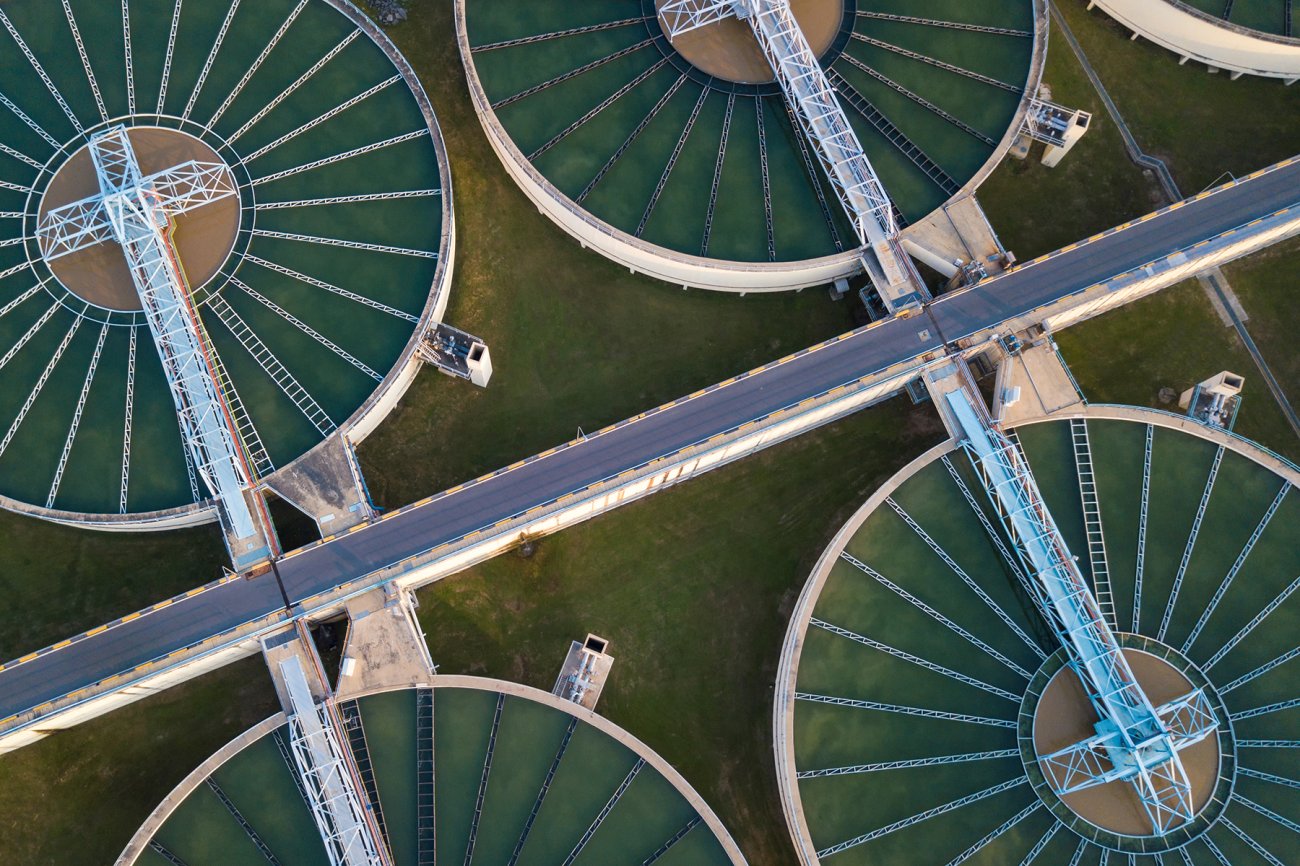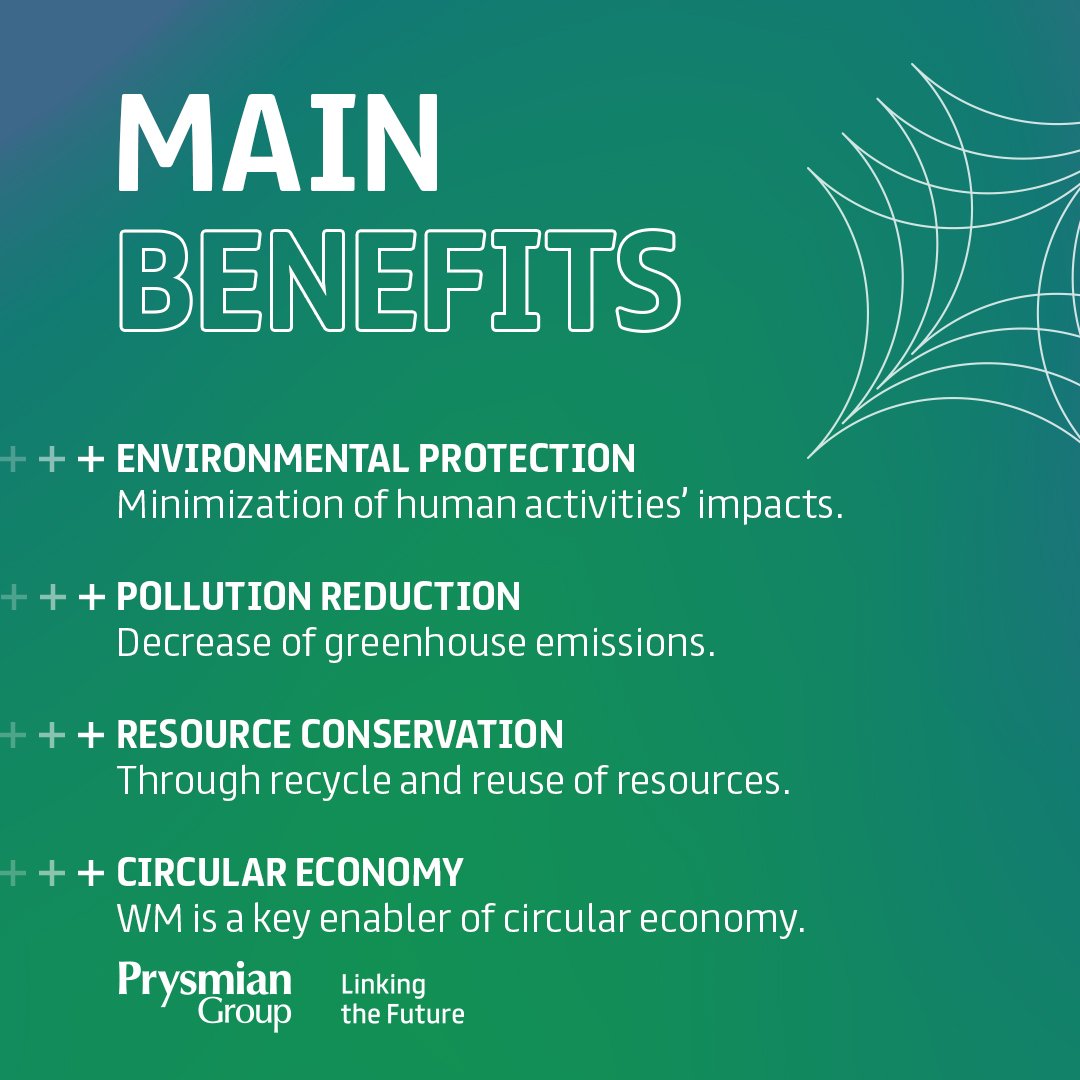Reclaim Waste Can Be Fun For Everyone
Table of ContentsThe 7-Minute Rule for Reclaim WasteThe smart Trick of Reclaim Waste That Nobody is DiscussingHow Reclaim Waste can Save You Time, Stress, and Money.The Best Strategy To Use For Reclaim WasteNot known Facts About Reclaim Waste
Domestic sewer waste refers to the waste and products from a household septic storage tank. The correct administration and disposal of residential sewage waste call for fluid waste to be transferred to a sewer treatment plant where the appropriate techniques and tools are applied to cleanse and dispose of waste.
Commercial waste commonly consists of possible dangers, such as combustible materials or a mixture of liquid and solid waste items, and requires a much more advanced and thorough disposal procedure. The disposal of commercial waste normally involves the filtering of waste prior to transport to make certain safe and correct disposal. Industrial waste is produced from results and drainage of industrial processes and production.
This type of waste can not make use of the same sewage management transport or processes as septic or business fluids. The hazardous waste management process calls for the examination and testing of liquid waste before it goes through the disposal process (liquid waste disposal melbourne). Runoff waste is the liquid waste that comes from runoff and excess stormwater in highly populated areas or cities
Drainage waste can trigger contamination and flooding if not dealt with appropriately. Making certain appropriate waste management can stop catastrophes and decrease ecological harm.
An Unbiased View of Reclaim Waste
Get in touch with PROS Services today to discover about our waste management and disposal solutions and the proper methods to take care of the liquid waste you create.
(http://peterjackson.mee.nu/do_you_ever_have_a_dream#c2256)Do you understand what occurs to your water when you end, purge the bathroom or drain the washing machine? No? Well, it deserves knowing. This supposed 'wastewater' is not just a vital source however, after therapy, will be launched to our land, waterways or the sea. Used water from toilets, showers, bathrooms, kitchen sinks, laundries and commercial processes is referred to as wastewater.

water used to cool down equipment or clean plant and equipment). Stormwater, a type of wastewater, is runoff that streams from agricultural and metropolitan locations such as roofing systems, parks, gardens, roads, courses and seamless gutters into stormwater drains pipes, after rain. Stormwater streams untreated straight to neighborhood creeks or rivers, ultimately getting to the ocean.
3 Simple Techniques For Reclaim Waste
In Queensland, most wastewater is dealt with at sewer therapy plants. Wastewater is delivered from residential or commercial sites through a system of sewers and pump stations, recognized as sewerage reticulation, to a sewage treatment plant.
The Division of Natural Resources encourages city governments concerning managing, operating and keeping sewage systems and therapy plants. In unsewered locations, city governments may require owners to mount private or home sewer therapy systems to treat residential wastewater from toilets, kitchens, restrooms and washings. The Division of Natural Resources authorizes using family systems when they are shown to be efficient.
A lot of stormwater receives no therapy. In some brand-new neighborhoods, treatment of some stormwater to eliminate litter, sand and gravel has actually begun making use of gross contaminant traps. Wastewater therapy happens in 4 stages: Gets rid of solid issue. Bigger solids, such as plastics and other items wrongly released to sewers, are eliminated when wastewater is gone through displays.
Wastewater after that flows right into large tanks where solids resolve and are removed as sludge. Oil and residue are skimmed from the surface. Utilizes little living microorganisms called micro-organisms to damage down and eliminate continuing to be dissolved wastes and great bits. Micro-organisms and wastes are incorporated in the sludge. Eliminates nitrogen and phosphorus nutrients that might cause algal blossoms in our waterways and threaten aquatic life.
Rumored Buzz on Reclaim Waste
Nutrient removal is not offered whatsoever sewer treatment plants because it requires costly specialised tools. It is coming to be a lot more common in Queensland. Clear liquid effluent created after treatment might still have disease-causing micro-organisms. If this effluent is launched into rivers such as rivers or the sea, the micro-organisms will eventually pass away out.

This normally implies wastewater needs to be dealt with or pollutants gotten rid of prior to it can be discharged to rivers. Many wastewater streams into the sewage system. Under the Act, neighborhood governments administer approvals and permits for environmentally appropriate tasks (ERAs) entailing wastewater launches that might have a local influence. The division carries out approvals and permits to Periods including wastewater releases that may have a regional or statewide impact.
Not known Facts About Reclaim Waste
Or else, samples are considered lab analysis. Commonly numerous tests are required to establish the degrees of each of the different pollutants such as oils, heavy metals and pesticides in water. Tracking supplies accurate information about water high quality and can validate that licence problems are being met. The information obtained via surveillance gives the basis for making water top quality choices.